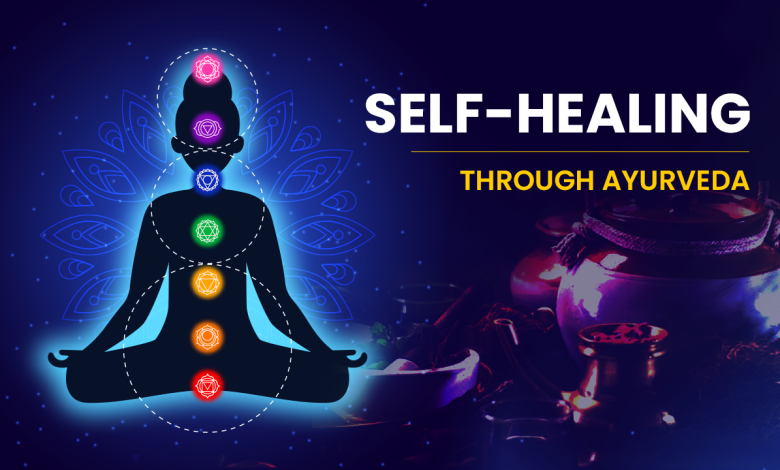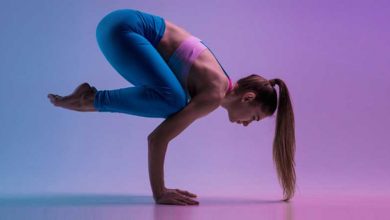Self-healing through Ayurveda

Ayurveda is one of the oldest systems of holistic healing in the world. Developed over 3,000 years ago by the likes of Charaka, this ancient system of healing focuses on balancing key elements or ‘doshas’ to fix causes of disharmony within the human body. According to ancient ayurvedic scriptures, each individual is comprised of three key doshas, namely Vata dosha (space and air), Pitta dosha (fire and water), and Kapha dosha (water and earth). Ayurvedic practitioners believe that a person only falls sick when these doshas are out of balance. Unlike allopathic medicine, Ayurveda focuses on the permanent resolution of health problems through slow and sustained efforts. Millions turn to Ayurveda to find lasting solutions to otherwise crippling lifestyle diseases. Bhopal has especially emerged as a great center for ayurvedic treatment and education in India. Many people flock to Bhopal for ayurvedic treatment or ‘Chikitsa’. If one wants to pursue Ayurveda as a career, one should opt for an ayurvedic college in Bhopal. Those seeking ayurvedic treatments should also head to an ayurvedic hospital in Bhopal for proper resolution of their health concerns.
Unlike western systems of medicine, Ayurveda believes in recognizing the unique genetic and physical makeup of each individual. A quality ayurvedic physician will provide personalized solutions to patients instead of adopting the same treatment methodologies for all individuals. This fresh approach, coupled with natural ingredients and methods can promote self-healing among people. This article will tell you exactly how Ayurveda promotes self-healing.
The science of Ayurveda is centered around Lakshana of Swastha and Vyadhi (meaning syndrome or pattern). This means analyzing symptoms causing ailments within the human body. These symptoms are correctly identified using Darshana (inspection), Sparshana (palpation) and Prashana (interrogation). The right ayurvedic varsity will focus on these practices to roll out quality ayurvedic physicians. Budding ‘acharyas’ can opt for a good BAMS college in Bhopal to pursue a lucrative and fruitful career in Ayurveda.
Ayurveda has 8 branches, namely: Kaaya Chikitsa (Internal Medicine), Baala Chikitsa (Treatment of Children / Pediatrics), Graha Chikitsa (Demonology / Psychology), Urdhvaanga Chikitsa (Treatment of disease above the clavicle), Shalya Chikitsa (Surgery), Damstra Chikitsa (Toxicology), Jara Chikitsa (Geriatrics, Rejuvenation) and Varsha Chikitsa (Aphrodisiac therapy). As the idea of sustainable living gains prominence, the science of Ayurveda has gained more relevance. Ayurvedic treatment methodologies have also evolved with time to become more modern. This has helped physicians come up with modernized, long-term solutions to health problems.
Ayurveda is more than just ‘an alternative form of medicine’. Rooted in spirituality and tradition, Ayurveda lays great emphasis on self-care for healing. The deep focus on lifestyle overhaul allows more scope for self-healing and self-reliance in healing for individuals. It is more than just an eastern form of medicine with ‘no-basis’ in science. It is a rapidly evolving form of medicine that continues to be passed on from generation to generation. It emphasizes holistic treatment
processes for permanent healing. According to an article published at Sonima.com, Ayurveda, ‘seeks to care for the individual by employing preventative measures of self-care so that the body and mind stay in harmony with the environment, thus cultivating stronger and longer health’.
Let’s delve into ayurvedic treatment processes. Ayurvedic treatments begin with ridding the body of toxins. These toxins are called ‘Am’ and ‘Mal’. Ayurveda can drive healing by helping the human body rid itself of these toxins. This technique is popularly known as Panchkarma. According to an article published on Vikaspedia, the 5 main karmas for complete Panchkarma body cleanse are:
- Vamanam or therapeutic emesis-induced vomiting, which helps clear the upper gastro till the duodenum (end of stomach) and part of the respiratory tract
- Virechanam or purgation-induced purgation clears the lower gastro from the duodenum (end of stomach) till the
- Anuvasana or enema using medicated oil – Oil enema helps lubricate the rectal area and take out waste through the
- Nasyam or nasal treatment- nasal instillation of medicated substances helps clear the respiratory tract and paranasal
- Astapana Vasti or Therapeutic Decoction Enema – decoction enema cleanses the area from the transverse colon to the anus
Panchkarma incorporates 5 techniques to clear the body of toxins. However, according to an article published in the Hindustan Times, this technique cannot be performed in isolation. The panchakarma process consists of 3 key steps, namely ‘Purva-Karma’, ‘Pradhan-Karma and ‘Paschal-Karma’. Let’s start with Purva Karma. According to Hindustan Times, Purva Karma involves the removal of toxins from the body through excrements such as ‘breath, stool, sweat and urine. It involves three steps, namely: Paachan, Snehan and Swedhan.
Paachan focuses on healing digestive issues in the body. It encourages patients to consume herbal remedies and decoctions to fix problems in their digestive system. Ayurvedic physicians chart personalized diet plans for beneficiaries. Patients are encouraged to consume light ‘satvik’ meals for at least 10 days. They are asked to refrain from consuming alcohol, tobacco and other harmful products that might harm their digestion. Patients also consume laxatives to clean out the bowels. Patients can always reach out to authorities at a good ayurvedic hospital in Bhopal to receive proper Panchkarma treatment.
Next comes Snehan or Oleation, which focuses on both internal and external oil treatment. Medicated oils and fats are massaged all over the body to produce healing effects. Snehan helps revive and realign morbid doshas within the body. Both animal and plant-based oils and fats are used to effectively perform Snehan. Commonly used ingredients include ghee, curd,
sesame oil, neem oil and mustard oil, among others. Paachan and Snehan are followed by Swedhan or heat treatment. Swedhan utilizes steam and heating techniques to relax and detoxify the body.
We now move to Pradhan Karma, which is the main procedure in Panchkarma. This is the process where toxins are removed from every pore of the body. This is followed by Pashchat Karma, which focuses on a clean diet post-treatment to maintain the effects of Panchkarma treatment.
In conclusion, Ayurveda’s focus on spirituality, relaxation and long-term resolution of issues promote the idea of self-care. Ayurvedic treatments do more than just fix problems – they help relax and rejuvenate the body, mind and soul. A relaxed and refreshed mind and the body heals faster. Ayurveda helps beneficiaries gain a sound knowledge of their body and bodily functions. Successful ayurvedic treatment is nothing short of a life-altering experience. Consider taking a trip to an ayurvedic hospital in Bhopal for a rejuvenating treatment session, or attend a seminar at a BAMS college in Bhopal for a sound knowledge of treatment processes. Don’t wait!





